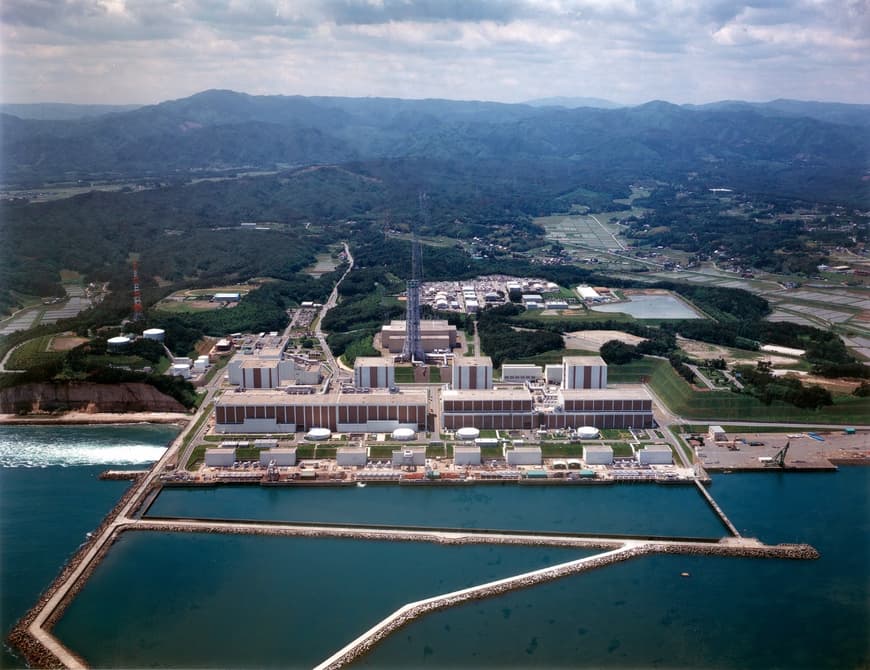
Five years have passed since a massive tsunami washed over the seawall around the Fukushima Daiichi Nuclear Power Plant, sending three reactors and a whole nation into meltdown. The event claimed the lives of 15,891 people and around 160,000 were forced from their homes following the most devastating day in Japan’s modern history, but in many ways the country is only just beginning to pick up the pieces. With the cleanup expected to take decades, radioactive materials still unaccounted for and the health effects still very much the subject of debate, what comes next for post-Fukushima Japan?
On March 11, 2011, a magnitude-9.0 earthquake struck around 70 km (43.5 mi) off the coast of Japan, making it the most powerful earthquake on record (since 1900) the island nation has ever felt. This in turn sparked a tsunami, which swamped the Fukushima plant causing critical cooling equipment to fail and ultimately, the worst nuclear disaster since Chernobyl in 1986.
The cleanup
The huge release of radioactive materials prompted an initial 20 to 30 km (12.4 to 18.6 mi) evacuation zone around the site, much of which remains a dead zone today. In the time since, workers have pulled up millions of cubic meters of contaminated soil, filled massive steel tanks with tons of toxic water and prepared to build an underground ice wall around the plant to prevent further spread of radioactive material.
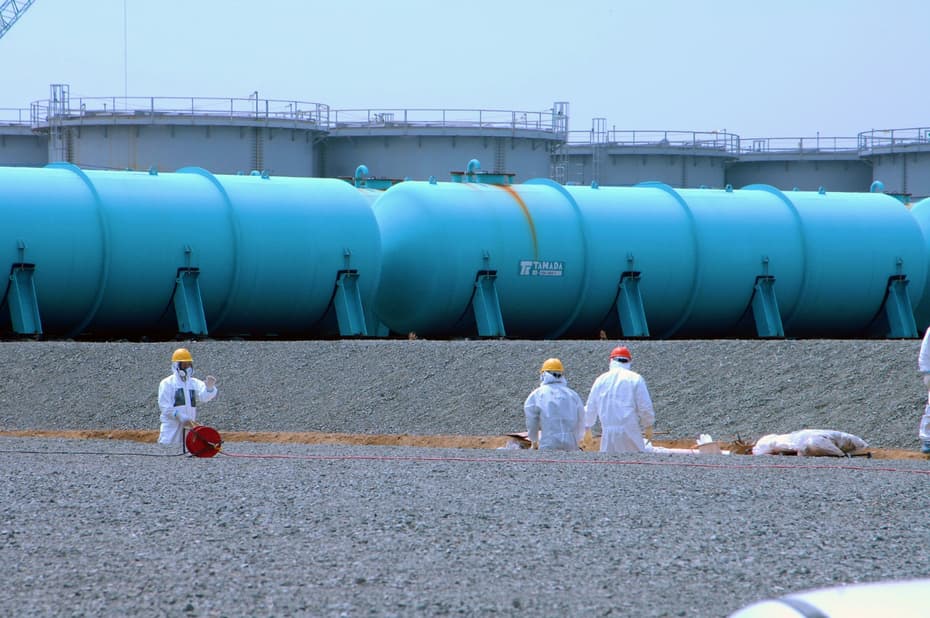
But still, plant manager Akira Ono estimates that decommissioning is only around 10 percent complete, with work on removing the hundreds of tons of melted fuel from the damaged reactors expected to take decades. Complicating things further is that the exact whereabouts of this fuel isn’t entirely clear. Plant operator Tepco’s head of decommissioning said as much to The Guardian recently.
From our partners:
“To be honest, we don’t know exactly where the fuel is and have to carry out more studies,” said Naohiro Masuda. “But we do know that the fuel is in a solid state of cold shutdown (below 200° Fahrenheit (93.3° C)). No one has ever done what we’re doing, but 30 to 40 years is a target that we can work towards.”
While fuel melted down in three separate reactors, it is the condition of reactor one that is of particular concern. Last May, Tepco announced that nearly all of the fuel in reactor one had melted, but with radiation levels dangerously high it hasn’t been possible for humans to go in, investigate the interior and locate the fuel.
So Tepco brought in the machines. This involved developing purpose-built robots for each of the reactor buildings, a process that itself takes two years. Here the robots are designed to wade through underwater chambers brimming with contaminated water in search of melted fuel rods. But so far this approach has yielded underwhelming results, with the high radiation levels frying the robots’ wiring and leaving them incapable of carrying out their task.
It is probable that the technology required to locate and remove the melted fuel is not yet available, but some international assistance has recently arrived to give things a nudge along. Both the US Energy Department and the French National Research Agency announced this week that their experts will team up with the Japanese government to advance new tools for this specific purpose. This will involve developing technologies to handle and dispose of radioactive waste, along with robotics and image processing research.
When can people return?
Last September, the Japanese government began lifting the first evacuation orders for towns near the Fukushima plant, with plans to do the same for all areas except the most contaminated by March 2017. A government survey found that 53 percent of the evacuees from one of these towns, Naraha around 20 km from the plant, were not prepared to return home with some citing concerns about radiation to be the reason.
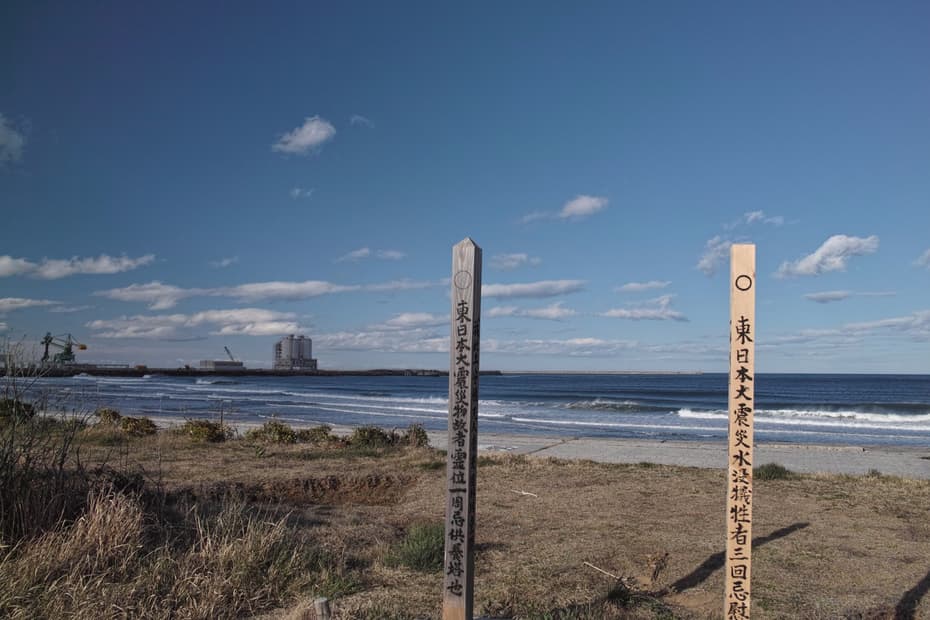
“There has been no education regarding radiation,” said Katsunobu Sakurai, mayor of Minamisoma, where 14,000 people were evacuated, according to the journal Science.
“It’s difficult for many people to make the decision to return without knowing what these radiation levels mean and what is safe.”
But not everybody holds such reservations. Some have started running tours of the disaster zone, already drawing more than 2,000 visitors each year to experience the ghost towns and abandoned buildings, while others have returned to raise their cattle.
We are exposed to some level of radiation as part of our everyday lives, so what is a safe amount? Of this there is some conjecture. An analysis of workers at the Fukushima plant found that 32,760 had an annual radiation dose exceeding 5 millisieverts (mSv).
According to Claire Corkhill, research fellow in nuclear waste disposal at the University of Sheffield, workers around this mark shouldn’t have much to fear. She tells us you would be exposed to similar radiation from a head CT scan at 2 mSv or a chest CT scan at 7 mSv, while everyday background radiation ranges from 2 to 10 mSv, depending on where you live.
“The absolute top dose of radiation permitted to a radiation worker, such as a hospital radiography or nuclear power plant worker, by law is 50 mSv a year in the UK and the USA,” she explains to Gizmag. “So the Fukushima workers are 10 times below this.”
The highest reading among these workers was 678.8 mSv, while the average was 12.7 mSv. In October, the Japanese government agreed that a worker would be entitled to compensation after developing leukemia. He worked at the plant for more than a year and was exposed to 19.8 mSv in that time. In Japan, a 5 mSv annual dose is one of the thresholds for radiation workers to claim compensation of this type, which is much stricter than the limits in the UK and USA, as stated above.
Emeritus Professor of Physics at Oxford University Wade Allison, whose 2015 book Nuclear is for Life: A Cultural Revolution examines the global attitude toward nuclear power, says that the current rules are overly cautious.
“We know from other evidence that radiation at the level of 5 mSv per year is utterly harmless,” he tells Gizmag. “The lesson from Fukushima and its evacuation that should be learnt is that radiation is about 1,000 times safer than is assumed in the formulation of current regulations which were designed to appease public opinion rather than being based on science.”
Powering up
Following the events of Fukushima, Japan shut down the last of its working reactors in May 2012, leaving the country without a single watt of nuclear-generated electricity for the first time in 42 years. But last August, it flicked the switch on its first reactor since that time, Sendai 1 in the Kagoshima Prefecture, amid much protest and widespread anxiety. One nationwide poll found 60 percent of respondents opposed starting up nuclear reactors again.
With fossil fuels filling the energy void, the Japanese government cited rising electricity prices as motivation to return to nuclear, describing the power source as key to the country’s energy policy. But this momentum was halted last week, when a Japanese court ordered Kansai Electric Power to immediately shut down two of its reactors. Local residents could be seen openly celebrating on television, with the absence of a clear evacuation plan for those living in the area a common concern.
Dr Taketoshi Taniguchi, a professor at the Policy Alternatives Research Institute at the University of Tokyo, echoes these sentiments.
“One of the fundamental causes of the Fukushima disaster, I believe, is the total lack of risk management thinking in Japan,” Taniguchi said. “We guess that Japan has not learned this important lesson. Prior to March 11, 2011, the regulators and utilities almost ignored the risks from large earthquakes and tsunamis. And afterwards, they continue to discount the importance of nuclear evacuation plans for local residents.”
Since the 2011 disaster, the government has significantly increased its safety regulations surrounding nuclear power plant operation. Among the steps taken are rules to ensure a nuclear plant must be capable of withstanding a tsunami larger than any ever recorded, leading to new seawalls being constructed.
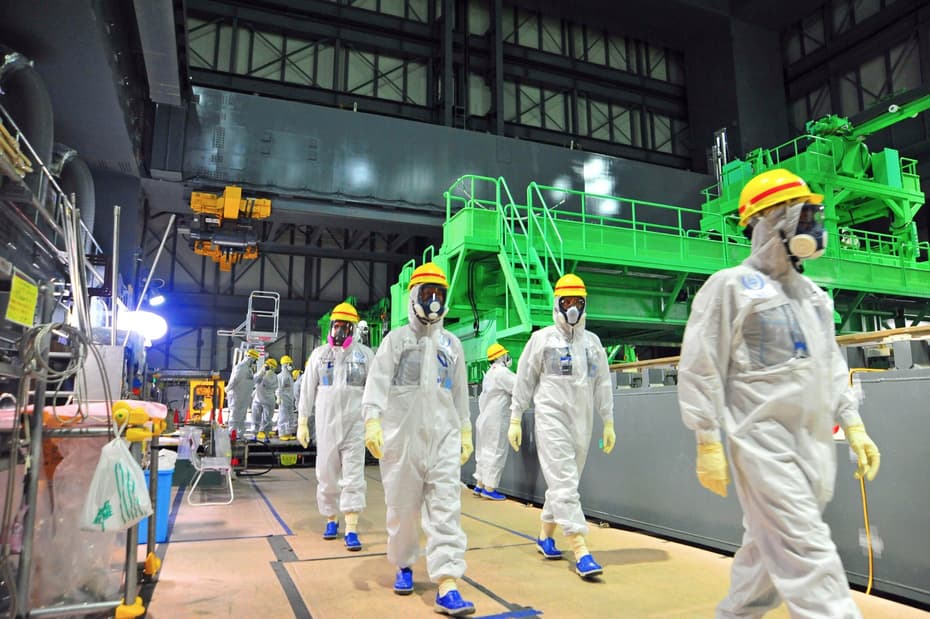
Reactors must also have access to two off-site power supplies running on independent circuits, three permanent generators (previous rules required only two) and two mobile generators, all with a seven-day fuel supply. All buildings must be flood-proofed with watertight doors. New ventilation systems are also required to prevent buildup of steam and hydrogen gas, and large-scale water cannons must be at the ready. But Taniguchi questions whether the government is truly doing enough.
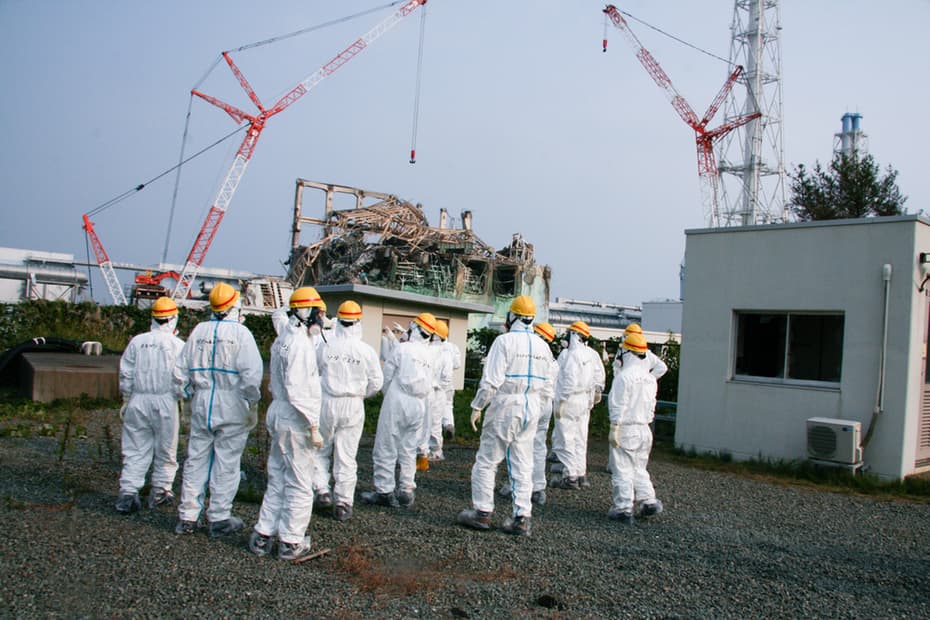
“Some nuclear plants (right now only 2) have been restarted despite insufficient planning for local residents’ evacuation plans,” he says. “This has great implications for other Asian countries such as China, where a significant nuclear buildup is expected. They need to learn risk management thinking, not cosmetically but from the bottom of their heart.“
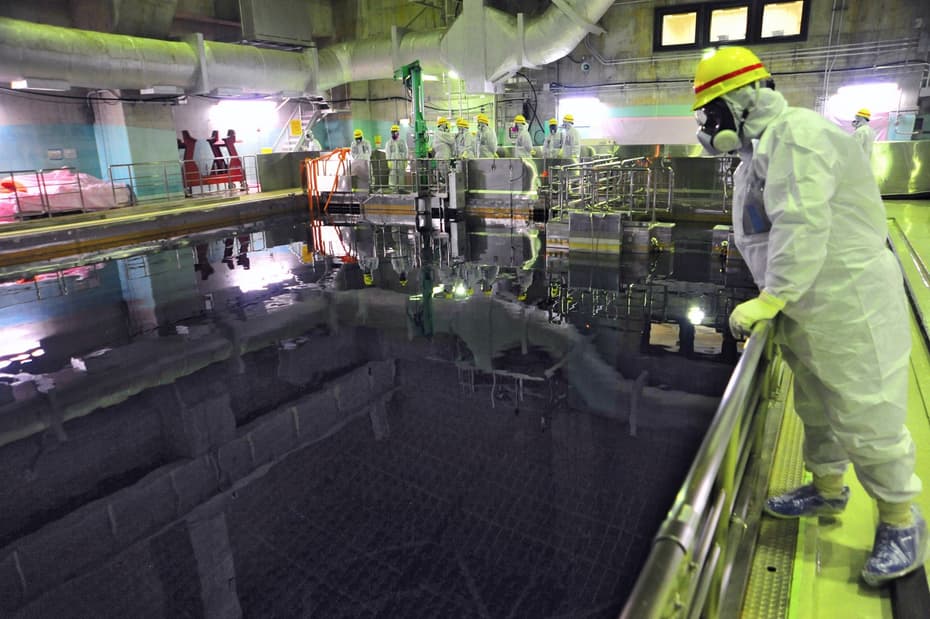
Barry Brook, Professor of Environmental Sustainability at Australia’s University of Tasmania, traveled to Japan last year where he attended the Japan Atomic Industrial Forum. He says that the steps taken by the government to foster public confidence amid a return to nuclear power aren’t reflective of technological advances, but rather a smarter implementation of those already available.
“The main issue that was resolved since 2011 was not about the technology, but about how the technology was improvised and regulated,” Brook said. “One of the many decisions made that turned out be a bad one was the plant itself. The plant was designed in America in the 1960s and built in the 1970s. It was a plant built to withstand tornadoes, you had a backup generator in the basement so it couldn’t be torn out. And then this was simply transplanted to Japan where natural disasters pose a different kind of threat.
“A range of things happened that could have been foreseen, and in hindsight were obvious, that caused Fukushima to be destroyed in 2011 while others were not,” says Brook. “You had one nuclear plant further up the coast at Onagawa that got through it.”
In the view of Brook, and apparently the Japanese government, a shift back toward nuclear from costly fossil fuels, which have been almost entirely imported, is all but inevitable. According to the US Energy Information Administration, Japan spent 60 percent more on fossil fuel imports in 2013 than in 2010, when its nuclear plants were in operation. This increase of US$270 billion in three years reversed Japan’s trade surplus and caused electricity prices to rise by at least 20 percent.
“People in Japan have got to realize what the alternatives are,” says Brook. “Those are to burn more coal and rely on fossil fuels, which on a forested, island nation aren’t realistic and I don’t think anybody in Japan thinks this is a good idea.”
But what makes business sense and what makes practical sense can be two very different things. With much raw emotion still lingering around the 2011 disaster, not to mention the devastation of Hiroshima and Nagasaki at the hands of nuclear weaponry in 1945, radiation and its risks are likely to remain a complex and divisive issue in Japan for some time to come.
This feature originally appeared in GizMag.

















